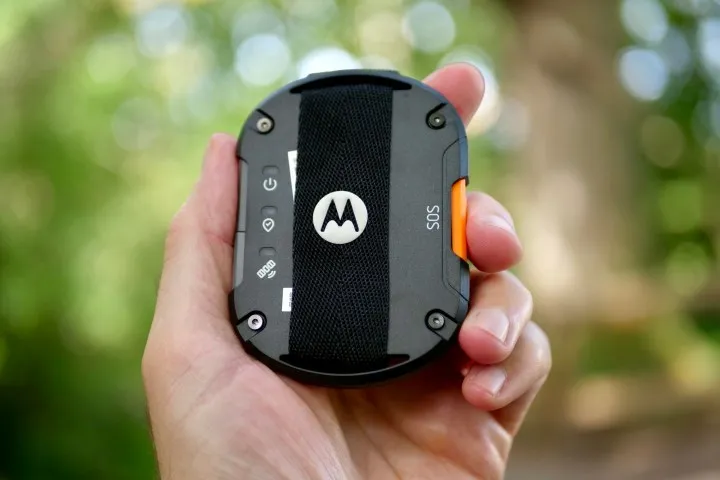“I think [satellite connectivity] is going to start coming in as a feature in the high end and then become just a default feature for flagship phones,” he said. “It’s relatively easy to take our chip [the MT6825 found inside the Motorola Defy] and add it to any 4G or 5G phone. It will be integrated into 5G modems going forward, kind of a default feature.”
It’s an exciting picture of a future where you aren’t entirely reliant on connectivity provided by your carrier or Wi-Fi network, and it could end up saving lives in emergency situations. While direct integration of satellite communication is still in its infancy, the service is available to anyone right now through the Motorola Defy and the Bullitt Messenger Service. The Motorola Defy is a palm-sized rugged dongle with MediaTek’s MT6825NTN chip inside. It connects to your phone using Bluetooth, talks to the satellite network, and is ready to send messages through Bullitt’s app when you don’t have any service.
The linked article goes into some detail about the hands-on testing with this device. It will work with any smartphone, and just requires the Bullitt Messenger app to use the Defy dongle (and your recipients need to have the app installed to receive messages for free [yes payment too if they want to reply]). The downside is you do need to carry this dongle with you. That said, it is a once-off purchase that includes the one year of the Essential plan (Up to 30 satellite messages per month with emergency SOS included) which is $5 pm after that and is actually quite reasonable. Receiving messages via the satellite service though is free of charge.
Being a separate dongle device, I’d imagine you can also share the use of it with a spouse or friend. The only bad news really is the satellite coverage for now is still only the USA and Europe. But it looks like from Q4 2023 that South America, Africa and also the Oceania region (and Japan) will get coverage.
For the next year or two at least, it will only be some of the flagship phones that get satellite comms built in, so a device like this may be perfect for the millions of mid-range smartphone users. Hopefully too, an increasing volume in usage, will make pricing even better over time.

